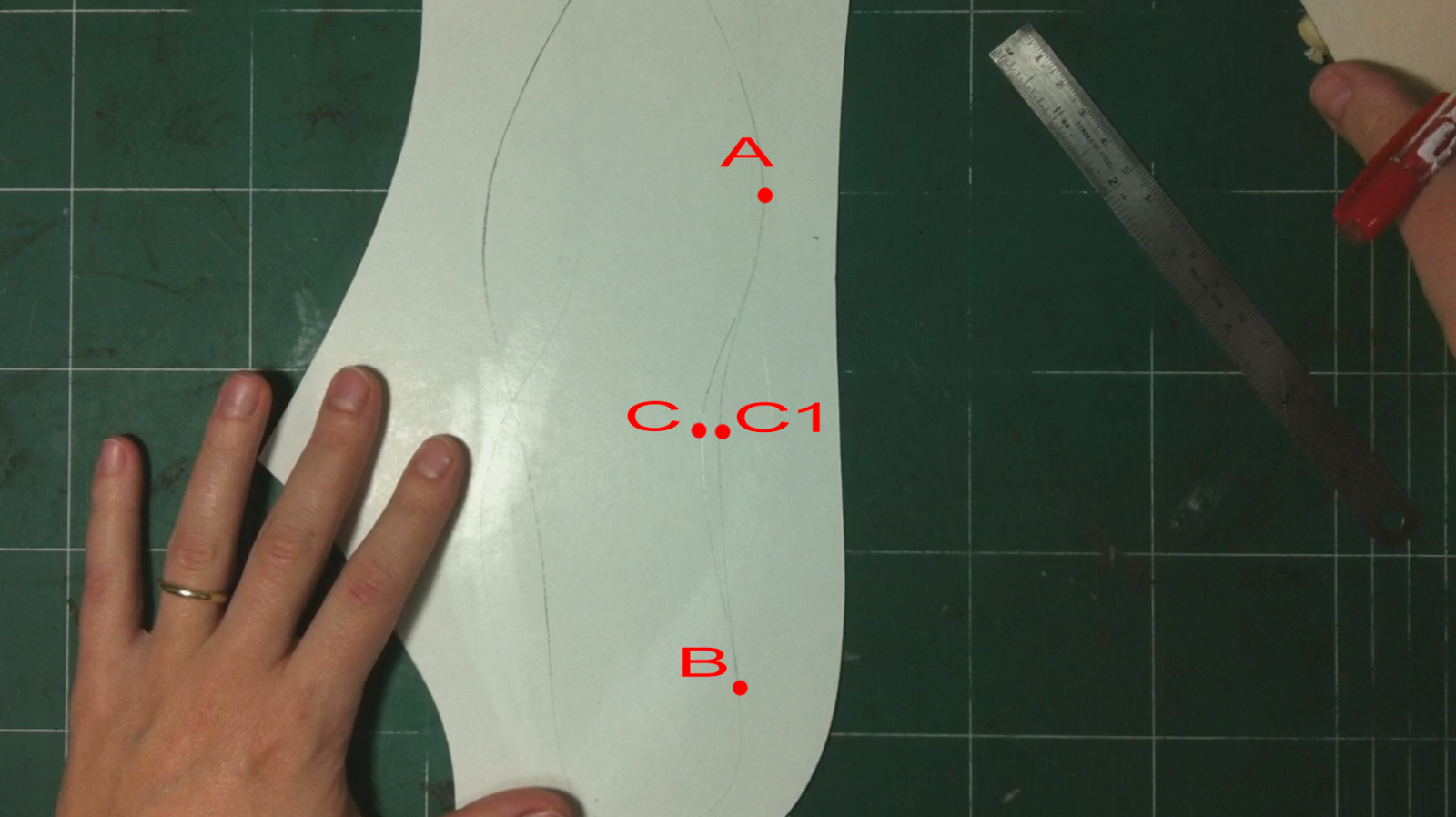When you are working on the design of your shoes, going deep inside of your imagination, choosing the right lines, navigating your mind between the emotions, looking for inspiration, giving meaning to your design, understanding what you are doing, exploring the unexplored, ..... do you do that or is it sound little bit strange to you?
I'm not trying to make fun of this or another way to create design, but working, learning and exploring footwear design for years I could not ignore some patterns of behavior and understanding of what is footwear design .
I'm not trying to make fun of this or another way to create design, but working, learning and exploring footwear design for years I could not ignore some patterns of behavior and understanding of what is footwear design .

















